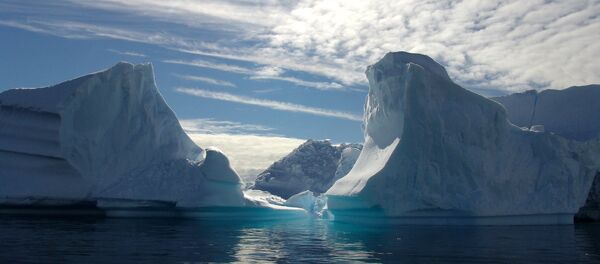"We've learned so much about the dry valleys in Antarctica just by looking at this curiosity. Blood Falls is not just an anomaly, it's a portal to this sub-glacial world," Jill Mikucki, a microbiologist at the University of Tennessee, said.
Mikucki was at the helm of an international research team that finally managed to trace liquid water underneath the icy soil in Taylor Valley, stretching from the coast to at least 7.5 miles (12 kilometers) inland.
Scientist said that the liquid, which is twice as salty as seawater, was spotted with the help of a sophisticated airborne electromagnetic sensor, which created a magnetic field that in turn can penetrate the ground to a depth of about 1,000 feet, according to the study.
"This study shows that Blood Falls isn’t just a weird little seep. It may be representative of a much larger hydrologic network, "Mikucki said.
Another theory is that ocean water, which could have once flooded the Taylor Valley canyons, finally retreated, leaving remnants behind.
Antarctica's Dry Valleys are thought to be the most arid places on Earth. They are also considered one of the closest analogs to Mars that are located on Earth; in this regard, the new study will almost sure help scientists get to know the Red Planet better.



